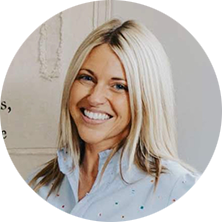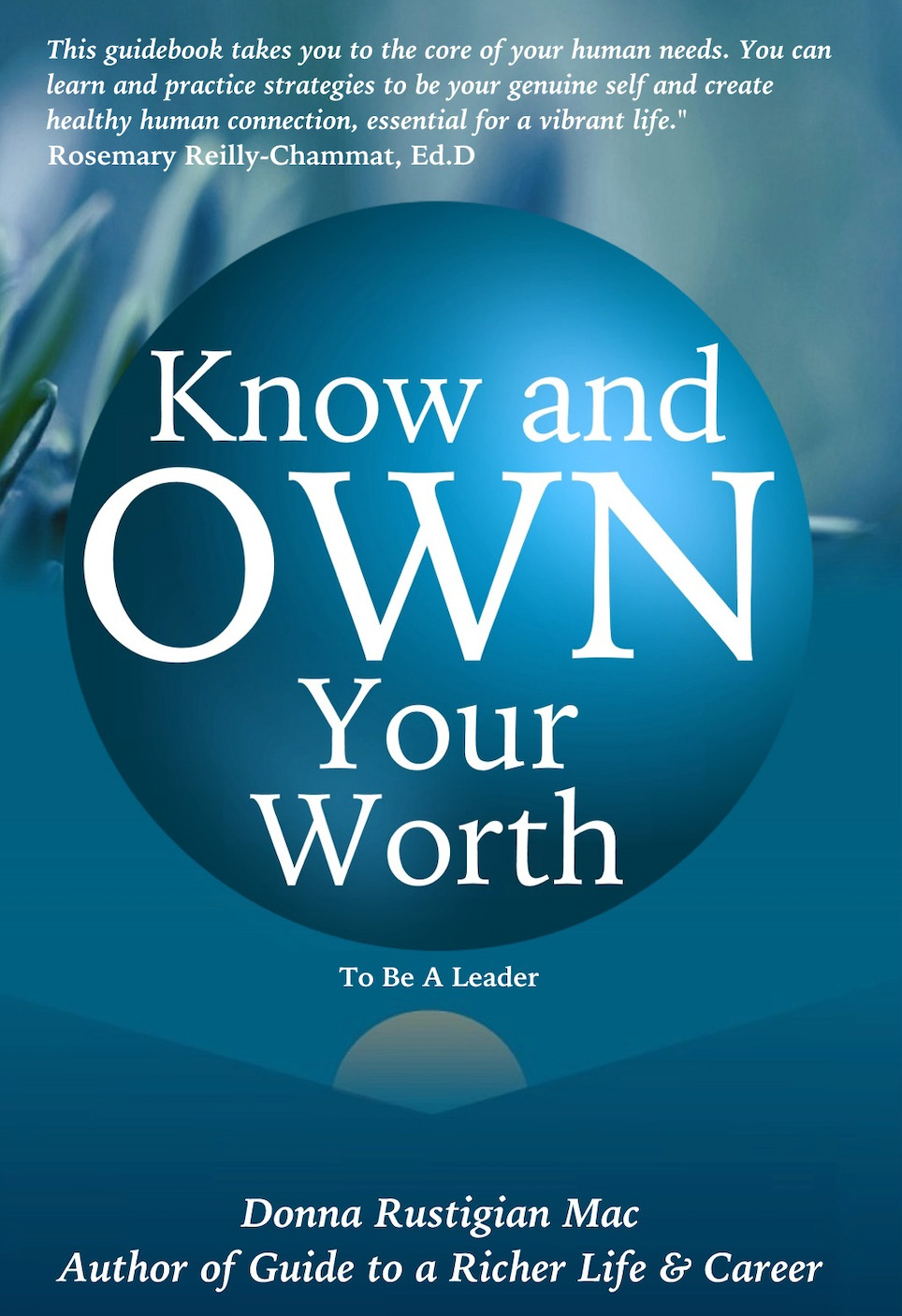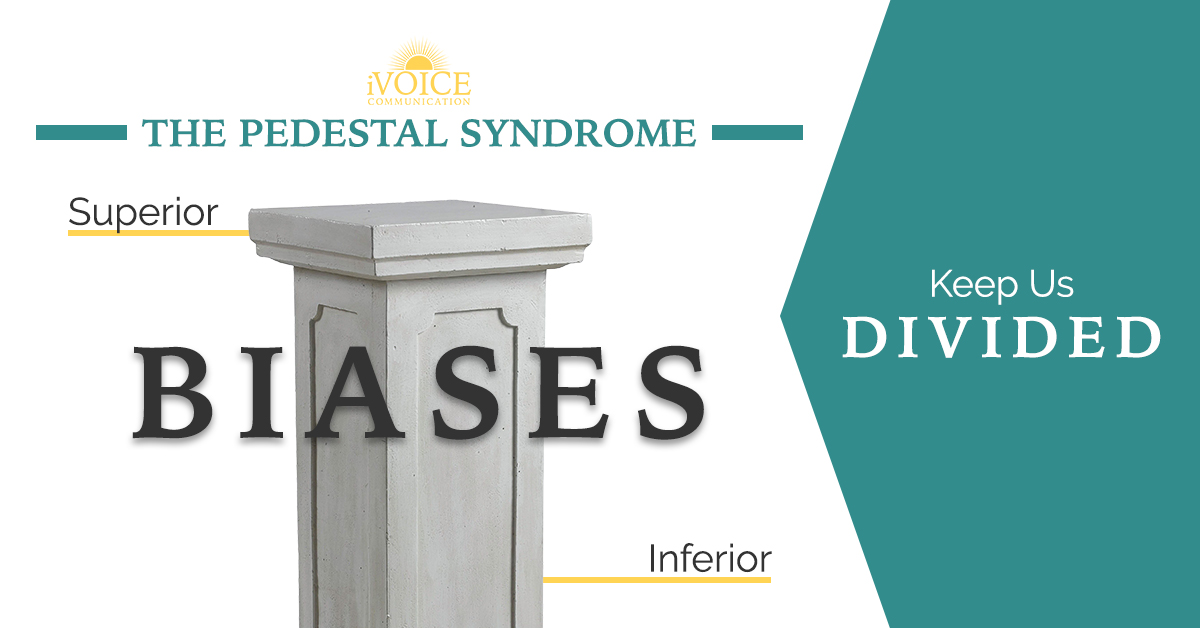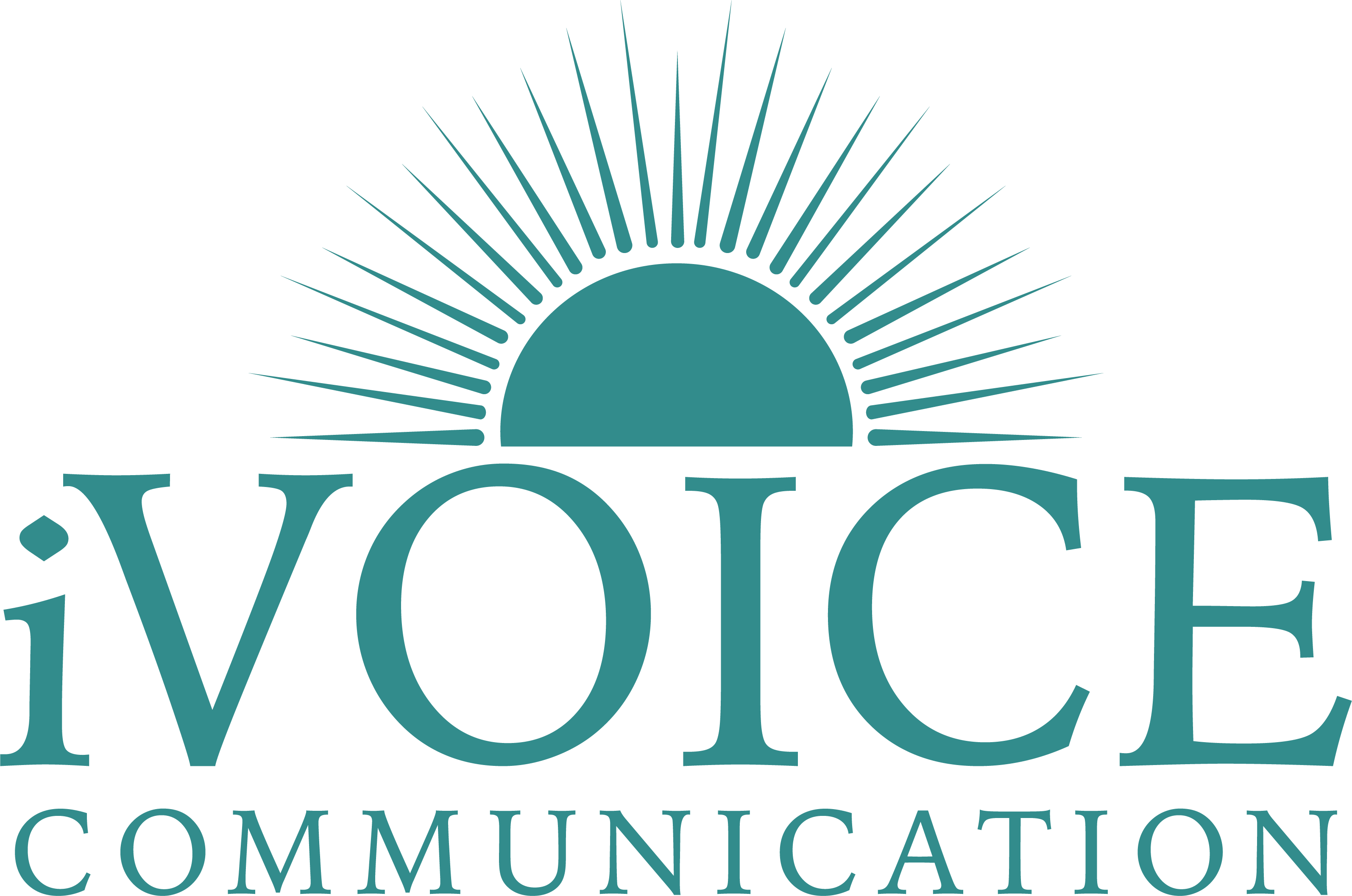Have you ever thought about the anatomy of trust? We all throw the word “trust” around, but what does it really mean?
In 2015 Brené brown, my favorite author, gave a talk on one of Oprah’s Super Soul sessions on trust. She broke down how she defines trust using the acronym BRAVING. To watch this part of the talk, click here.
Boundaries – be clear about boundaries, hold boundaries, respect boundaries.
Reliability – do what you say you will do – over, and over, and over again. Be honest about and communicate limitations.
Accountability – when mistakes are made own them, apologize, and make amends and allow the same for others.
Vault – maintain confidentiality. Share only what is yours to share and avoid “common enemy intimacy”.
Integrity – choose courage over comfort. Choose what’s right over what’s fun, fast, and easy; practice, not just profess, your values.
Non-judgement – refrain from judging self and others.
Generosity – make generous assumptions and check-in.
When the talk first surfaced, I was at a place in my life when trust was really being questioned in multiple areas. This got me seriously thinking…If I could get a better handle on what “trust” meant to me then maybe it could be a game changer.
To get started, I consulted the non-violent communication needs list to help me gain clarity. I found great value in this, and to this day, I still use the same 5 needs from 2015 that I found on this list to define trust for myself. Trust is defined as the need for dependability, reliability, predictability, consistency, and accountability.
I may ask some of the following clarifying questions as I examine the needs to determine if trust exists.
Dependability – Does this (person / place / thing) show up when I need them? When they show up, do I feel ease or dis-ease?
Reliability – Do they regularly and mutually show up? Do I feel at ease when thinking about if or how they will show up?
Predictability – Am I mostly certain about how they do / can / will show up and contribute to my life? To some degree do I know what to expect? Is there often ease or dis-ease around how or when they show up or contribute?
Consistency – Are their actions / behaviors repeatedly the same? Do I notice feeling patterns of ease or dis-ease?
Accountability – Are they able to identify and own problem areas that they are aware of or as they arise? Are they able to acknowledge the ways in which they contribute(d) to dis-ease? Do they initiate apologies? Do they appear to want a mutually beneficial outcome?
There have been times in my life and career when knew I didn’t trust someone or something, or even myself. “Something seems off,” I might say. Yet, I don’t remember pinpointing exactly why trust was missing.
Today, thanks to the help of Brené, the NVC lists, and the many life experiences giving me plenty of practice, I am able to identify why trust does or does not exist, and clearly communicate about why. Even further, I can identify body sensations and feelings that usually bubble up for me when I am feeling mistrust. These sensations and feelings can act as sensors alerting me that a need is probably not being met, which is great self-awareness and perhaps a signal to stop, reassess and possibly change course. It may also be a sign that I need to have one of those hard conversations to see if my listener(s) and I are aligned and if needs are being met.
It is my hope that this post may help or inspire you to think about what trust means to you. As Brené said, when we trust we are braving connection. I believe connection is why we are all here.
Guest blogger Courtney Lamothe, MSW, LCSW, has been practicing non-violent communication (NVC), personally and professionally, for more than 5 years.


